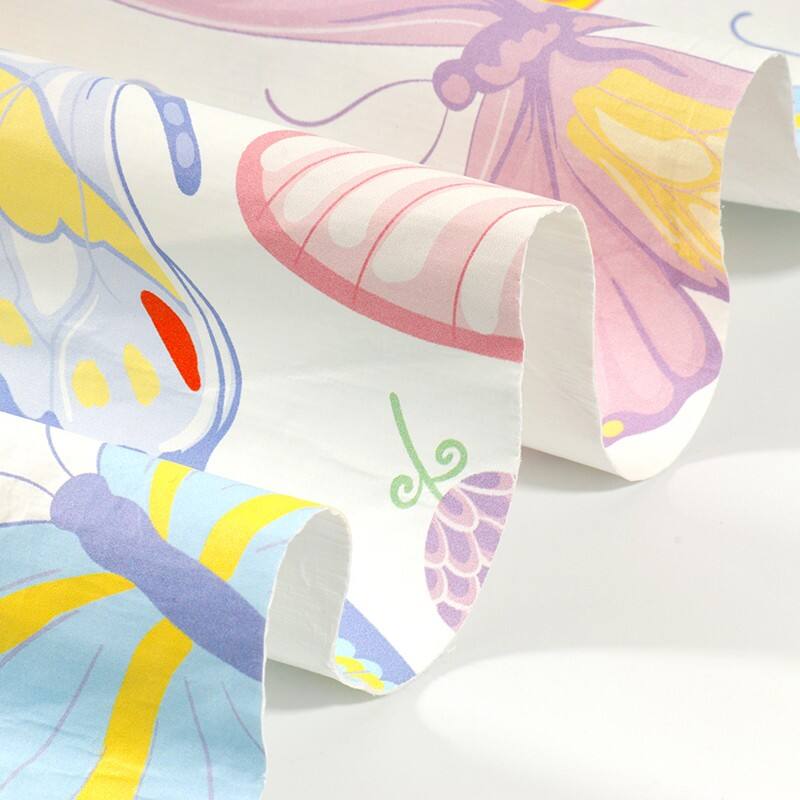reflective material for clothing
Reflective material for clothing represents a revolutionary advancement in safety apparel technology, combining innovative design with practical functionality. This specialized material incorporates microscopic glass beads or prismatic elements that effectively reflect light back to its source, making the wearer highly visible in low-light conditions. The technology works by capturing incoming light from sources such as vehicle headlights and redirecting it with minimal dispersion, creating a bright, attention-grabbing effect. Modern reflective materials are engineered to maintain their reflective properties through multiple wash cycles and various weather conditions, ensuring long-lasting performance. These materials are typically constructed in layers, with a protective outer coating that shields the reflective elements while maintaining flexibility and comfort. The versatility of reflective materials allows for integration into various garment types, from athletic wear to professional safety gear. Manufacturers can apply these materials through different methods, including heat transfer, sewing, and direct application, making them suitable for diverse clothing applications. The technology has evolved to offer options in multiple colors and patterns while maintaining optimal reflective properties, allowing for both safety and aesthetic considerations in garment design.


